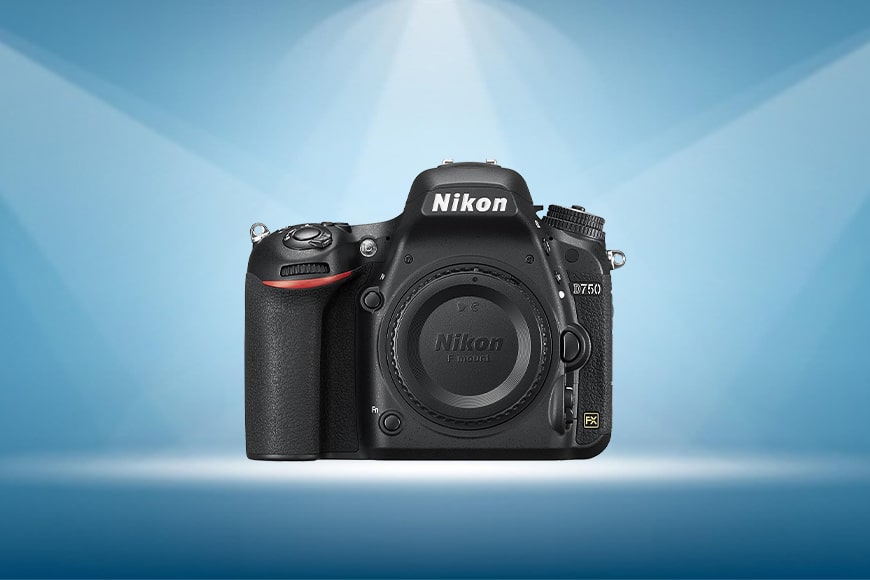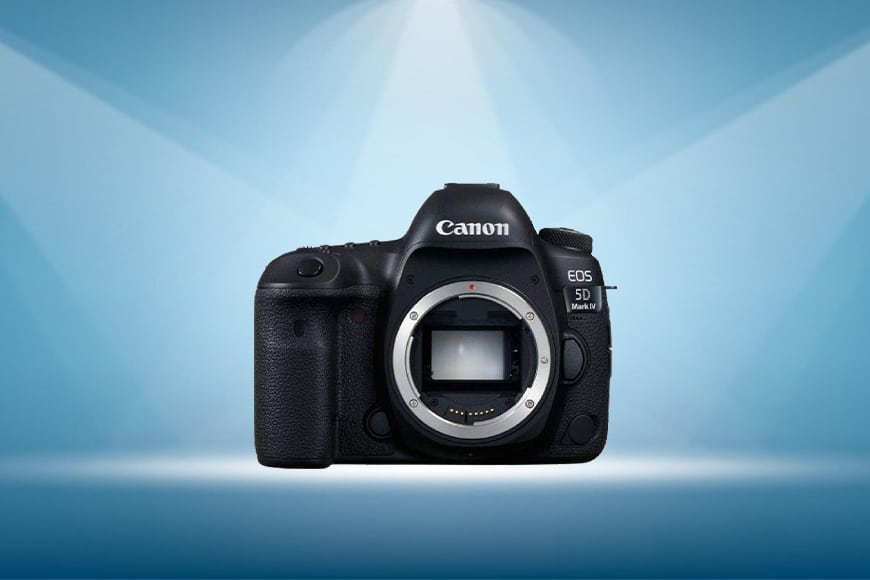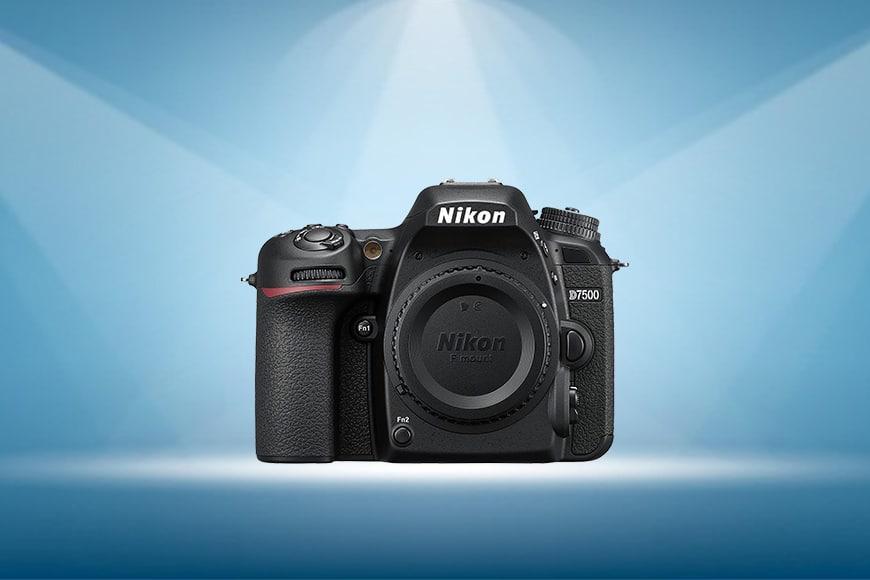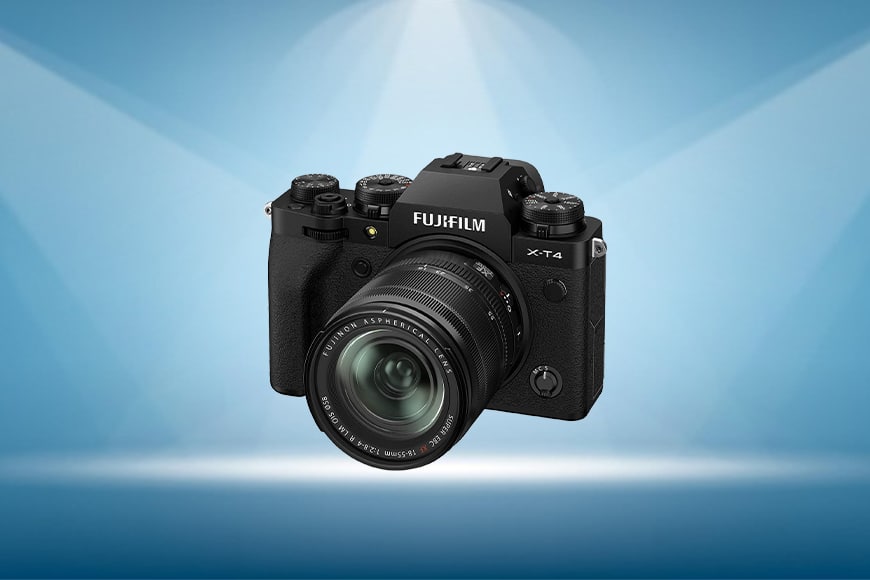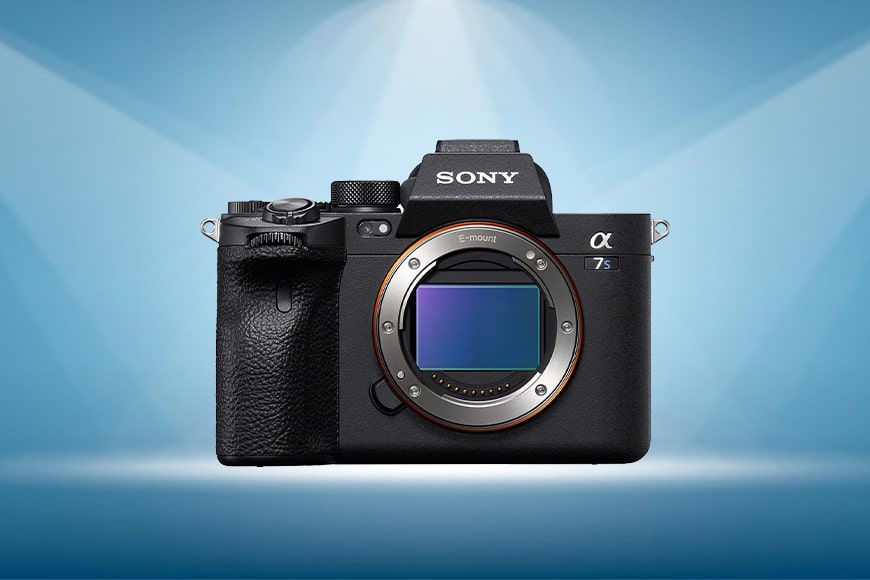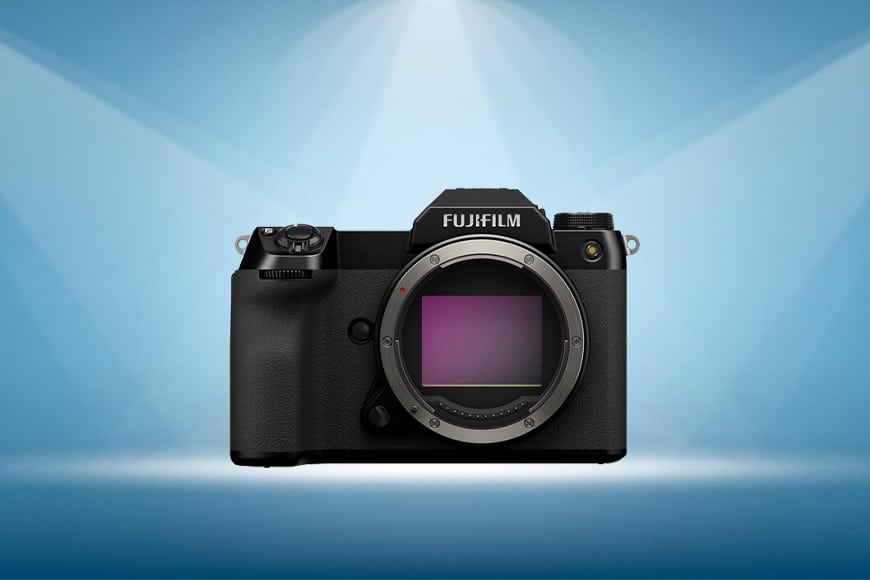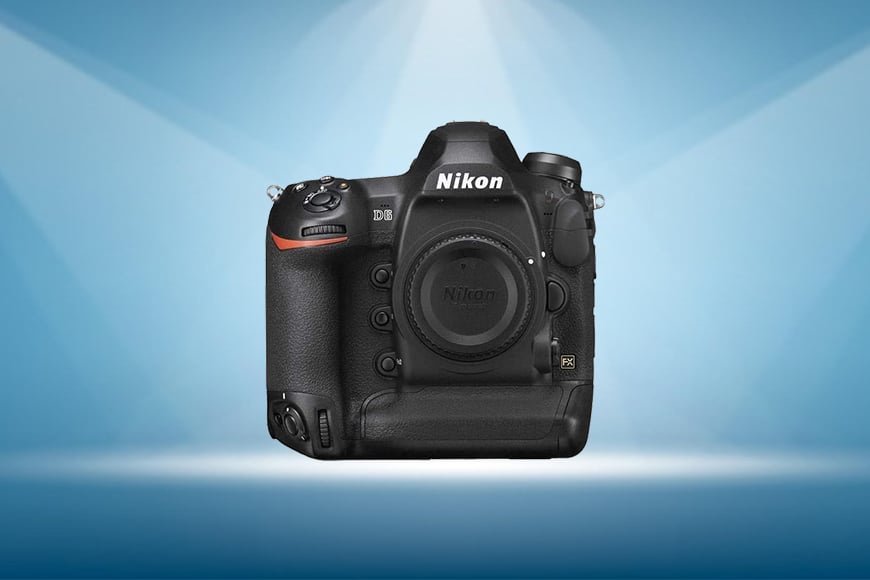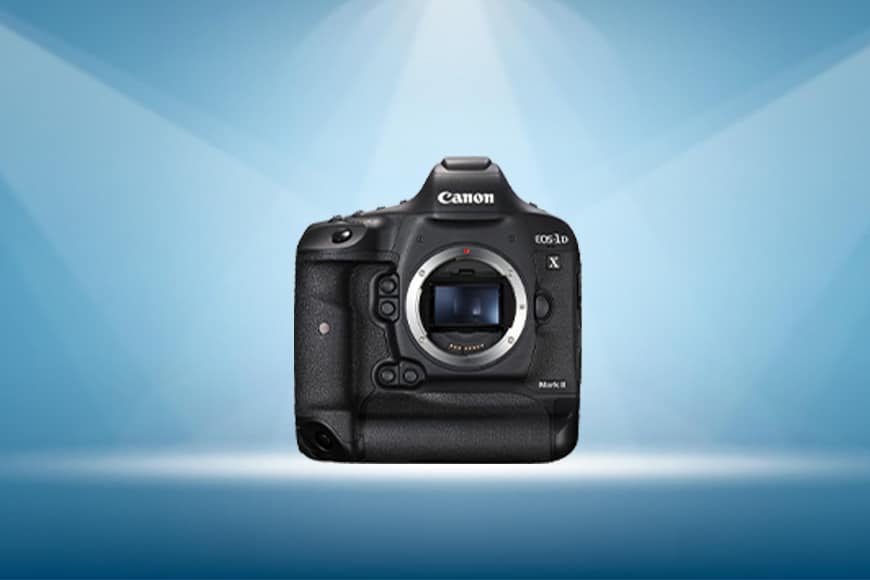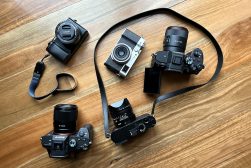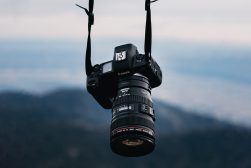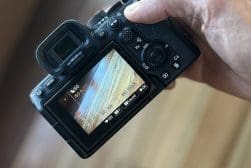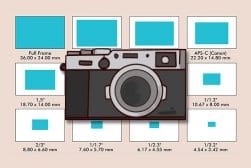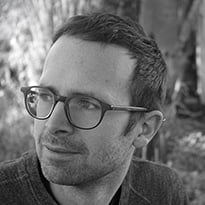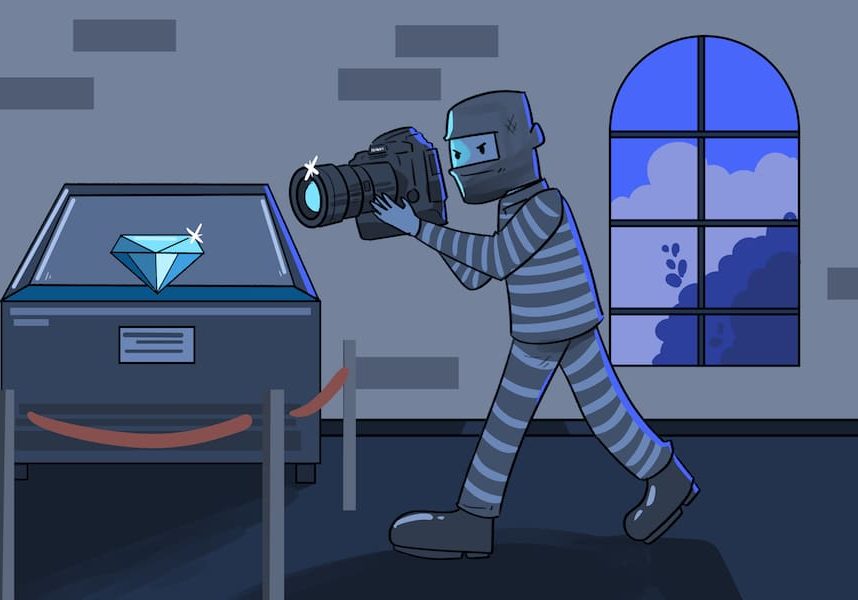
Best Low Light Camera for Dark Conditions
Want crisp, clear photos even in dark conditions? Find out the BEST cameras for low light photography, with something to suit every budget.
There comes a time in every photographer’s life when you need to take a photo in low light without a flash or a slow shutter speed.
Perhaps you’re shooting your daughter’s netball match in a poorly lit sports hall, or maybe need to capture the newlyweds in a dark church…
Whatever the case, the best low light camera needs to provide excellent image quality at high ISOs and pinpoint autofocus accuracy, even if the subject is hard to see.
We’ve had many years of experience shooting in low light as professional photographers, so you can trust the low light camera recommendations in this guide.
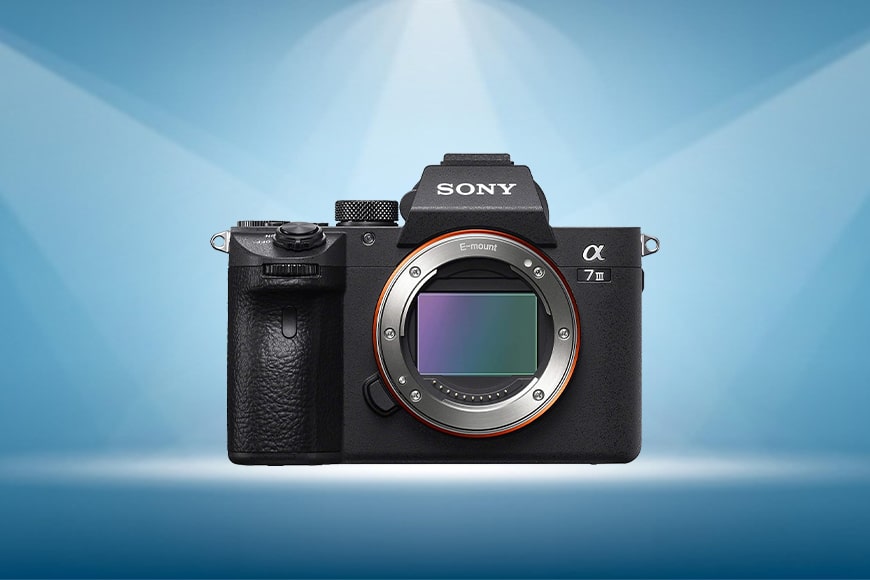
Great value & feature-packed with image stabilisation & 15 stops of dynamic range for top results in dark conditions.
Medium format and full-frame cameras offer the best low light performance over APS-C and Micro 4/3 sensors, but with them comes a higher price tag.
However, there are still great bargains to be had!
We’ve chosen 6 low light cameras (both full-frame and APS-C) that offer the best bang-for-your-buck in 2024
…and if you’ve got a bigger budget, skip to the end to see the top low light cameras money can buy.
So let’s get stuck in – it’s time to be enlightened!
Best Value Low Light Cameras in 2024
| Image | Product | Features | |
|---|---|---|---|
 | Sony a7 IIIOUR #1 CHOICE |
| View Price → |
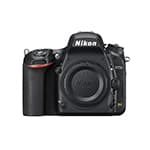 | Nikon D750TOP RATED |
| View Price → |
 | Canon 5D Mark IVGREAT VALUE |
| View Price → |
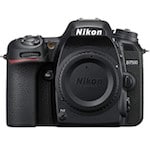 | Nikon D7500 |
| View Price → |
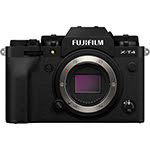 | Fujifilm X-T4 |
| View Price → |
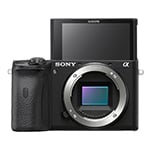 | Sony a6600 |
| View Price → |
Sony a7 III
- Vast choice of Sony & 3rd-party lenses
- Compact and lightweight for a full-frame camera
- Burst rate of 10 frames per second
- Excellent eye autofocus
- Dual card slots
- Not very comfortable ergonomically
- Menu system is difficult to understand
Released in 2018, the Sony a7 III has almost 15 stops of dynamic range and remains an excellent choice, even in 2024 where there are newer models available.
The a7 III is widely regarded as an industry-changing camera as it ironed out a lot of elements — such as eye autofocus and battery life — in Sony’s range of mirrorless cameras and packaged a lot of features into a compact and relatively affordable body.
The a7 III may not be class-leading, but it still offers excellent value for money, and continues to hold its own against much newer competitors.
Sony’s in-body stabilization isn’t quite as good as that of some of its competitors but it still performs well and will offer you an extra five stops when shooting handheld, allowing slower shutter speeds to assist your low light photography.
It’s not the best low light camera for those with higher budgets, but for the price, there’s nothing else that comes close for next dark photography outing.
Nikon D750
- Amazing value
- Autofocus low light autofocus
- Dual card slots
- Robust, ergonomic body
- Great flip screen
- Excellent range of lenses
- Sensor technology has evolved since it was released in 2014
- Autofocus can be slow when using Liveview
- No in-body stabilization
The Nikon D750 offers excellent dynamic range and produces impressively clean images when you start increasing the ISO, despite being one of the older cameras on this list.
Being a DSLR, it has fewer autofocus points (51) compared to a mirrorless camera but they do an excellent job when tasked with picking out subjects in poorly lit conditions.
Ergonomics on the D750 are excellent, and the robust, weather-resistant body will stand years of abuse, while remaining relatively lightweight for a full frame DSLR.
The 24-megapixel full-frame image sensor delivers gorgeous raw files and also shoots video in Full HD 1080p at multiple frame rates up to 60 fps. The flip screen is also well implemented, although it won’t rotate forward for vlogging or selfies.
If you’re looking for an affordable full frame camera for low light shooting, you can pick up a D750 for a bargain.
While cameras such as the Nikon D850 offer more resolution and slightly better high ISO performance, they’re also much more expensive. The D750 may be slightly long in the tooth, but it’s still an excellent option for low light photography here in 2024.
Canon 5D Mark IV
- 30-megapixel full-frame sensor
- Excellent build quality with weather sealing
- Bright viewfinder
- Wide ISO range
- Excellent range of lenses
- Dual card slots
- Low light level autofocus not as good as competitors
- No in-body stabilization
The Canon 5D Mark IV is almost legendary, having been the choice of countless professional photographers around the world since its launch in September 2016. It also happens to be a great camera for low light conditions.
It’s noted for its fantastic color rendition, excellent dynamic range of almost 14 stops, and high ISO performance that delivers clean, crisp files.
The 5D Mark IV churns out raw files at a rate of 7 frames per second, and its 61 autofocus points are snappy and responsive, even in challenging situations.
When shooting video, the 5D Mark IV benefits from Canon’s Dual Pixel Autofocus (DPAF) technology that makes tracking focus smooth and reliable. It shoots DCI 4K video recording at up to 30 fps and Full HD 1080p at 60 fps.
The solid, weather-sealed build makes this a great choice for any adventure as you can be sure that it will continue shooting regardless of the conditions.
However, keep in mind that there’s no in-body stabilization so you might struggle to hold the camera still enough when shooting low light photography at slower shutter speeds.
Fortunately, all Canon cameras have access to super-fast f/1.2 prime lenses, which help to make the most of the image sensor when the light starts to fall.
Nikon D7500
- Very affordable
- Compact and lightweight
- 14 stops of dynamic range
- Weather sealing
- Only one card slot
- Heavy crop on 4K video
One of the most affordable cameras on this list, the Nikon D7500 was regarded as one of the best APS-C cameras ever made when it was released in 2017.
It might only be 21 megapixels (which is more than enough for the vast majority of photographers!) but the slightly lower resolution means that the smaller sensor doesn’t have much of an impact on the dynamic range and low light performance.
The D7500 gives solid all-round performance, offering a burst speed of up to 8 frames per second, not to mention its 4K UHD video and time-lapse recording capabilities.
For many photographers, it’s one of the most comfortable cameras to use as it has excellent ergonomics.
In addition, the Nikon D7500’s superb build quality means that this camera will happily take a beating in the most demanding conditions, keeping out moisture and dust thanks to its weather sealing.
Perhaps the only real complaint is that it doesn’t offer the redundancy of a second card slot – an odd choice from Nikon given that this was present on the D7500’s predecessors.
However, it does feature 3-axis stabilization which will help keep images sharp when shooting handheld in low light conditions.
Fujifilm X-T4
- Very impressive all-round performance
- 425 phase-detection autofocus points
- Distinctive, tactile, physical design
- 5-axis sensor-shift image stabilization
- Same sensor as its predecessor
- LCD screen is not very high resolution
The Fujifilm X-T4 is arguably the best camera that Fujifilm has ever produced, addressing some of the small issues of the X-T3, and offering a huge amount of versatility at a very competitive price point.
The 26-megapixel APS-C sensor gives 14 stops of dynamic range and gives many full-frame sensor cameras a run for their money.
The physically smaller Fujifilm XT4 sensor brings some notable advantages such as the ability to shoot at 15 frames per second using the mechanical shutter.
Being a Fujifilm camera, the XT4 Fuji camera offers an extensive list of film simulations for those moments when you want to create distinctive jpegs with a classic look and feel, straight out of camera.
In addition to excellent stills quality, the X-T4 films DCI/UHD 4K video at 60 fps and features HD recording up to 240 fps, making it a fantastic choice for anyone seeking a hybrid camera capable of taking on a wide variety of tasks, even in low light.
It features 6.5 stops of stabilization, allowing you to shoot handheld at very slow shutter speeds, and capture smooth footage without the need for a gimbal.
Notably, the Fuji xt4 is the first of Fujifilm’s range of X-T cameras to feature in-body stabilization which can allow you to shoot crisp images when shooting in low light and you don’t have a tripod to hand.
Sony a6600
- Excellent autofocus
- 5-axis in-body image stabilization
- Burst rate of 11 frames per second
- Weather sealing
- Great lens selection
- Poor handling and layout
- Challenging menu system
The Sony a6600 packs a lot of camera into a neat and compact body. The 24-megapixel, APS-C sensor includes 425 autofocus points and the camera is noted for its autofocus performance which incorporates both eye autofocus and subject tracking.
The a6600 offers a ludicrously fast 11 frames per second burst rate, coupled with a buffer that is hard to fill, even if you have a heavy shutter finger!
It might take a while to then write those images to the single SD card, but you’ll struggle to miss the shot, especially given the camera’s remarkable autofocus.
The a6600 has a few other nice touches that help to cement its place in the list of best cameras for low light photography, such as the option to touch the screen to focus and the ability to shoot UHD 4K video at up to 30 fps and Full HD at up to 120 fps.
In addition, the Sony a6600 includes 5-axis in-body stabilization that will give you an extra five stops when shooting in low light.
Best Low Light Camera Models (High End)
Sony a7S III
- Incredible rolling shutter performance
- UHD 4K 120p video recording with internal 10-bit 4:2:2
- Full-size HDMI port
- 759 phase-detection autofocus points
- Great range of lenses
- Expensive
- Only 12 megapixels
- Can’t change settings using the touch screen
The Sony a7S III caused quite a stir when it was released in 2020, bringing superb video specifications in a surprisingly compact camera.
The a7S III is a hybrid camera but Sony has geared it very much towards video shooters, which explains why the full-frame sensor is only a meagre 12 megapixels.
That doesn’t sound like a lot until you consider that most images are only ever viewed on a screen and AI software means that it’s never been easier to double the resolution of your images.
The a7S III excels when it comes to shooting video in low light. It has 14 stops of dynamic range and manages to come close to maintaining this range as the ISO increases.
In addition, the noise clears up significantly when you go up from 12,800 ISO to 16,000 thanks to some clever engineering.
In-body stabilization is also included: expect 5-stops of support thanks to its 5-axis stabilization, all adding up to one of the best cameras for low light shooting of the year, if you have the budget for it.
Fujifilm GFX 100S
- 102-megapixel medium-format sensor
- 4K30 video with 12-bit raw out
- 3.69m-dot OLED EVF
- Dual gain
- Expensive
- Huge raw files
- Smaller choice of lenses compared to full-frame cameras
Given the huge sensor — measuring a massive 44mm x 33mm — that pumps out 102-megapixel, 16-bit raw files, the body of the Fujifilm GFX 100S is nowhere near as huge as you’d expect.
As such, it shifted the camera world’s ideas of how big a medium-format camera should be.
The sensor is 70% bigger than full-frame and Fujifilm still managed to incorporate IBIS — the first medium-format camera to include the technology — that gives up to 5.5 stops of in-body stabilization.
One of the interesting features of the GFX 100S is the dual gain design. This means that pixels have two modes, changing their performance at higher ISOs and reducing the amount of noise in low-light images, albeit with slightly less dynamic range.
Images at ISO 6400 have only a small amount of noise, helped no doubt by the physically large sensor.
The Fujifilm GFX 100S is also the first medium-format camera to shoot 4K video. It records 10-bit 4:2:0 internally at up to 30 fps.
If you have the budget for a medium format mirrorless, this is surely one of the best cameras for low light photography.
Nikon D6
- Professional-level autofocus tracking
- Tank-like construction
- Dust and moisture resistant
- 14 frames per second burst speed
- Great lens selection
- Big and heavy
- Video features could be better
- No in-body stabilization
Nikon’s flagship DSLR is something of a beast, relied upon by photojournalists, sports photographers and wildlife photographers around the world.
21 megapixels might seem quite low compared to many of the high-resolution cameras currently available, but generally, we don’t need such huge files and the low resolution lends itself well to low light photography.
The D6 is regarded as having some extremely clean — if not the cleanest — raw files when shooting at very high ISOs, making it one of the best low light cameras, despite lacking in-body stabilization.
Being geared towards sports and wildlife, the D6 has a burst speed of 14 frames per second and its 14 cross-type autofocus points coupled with its EXPEED 6 image processor mean that your subject will stay in focus, even when shooting in very demanding circumstances.
Its magnesium alloy construction means that it’s built like a tank and weather sealing makes it ready to take on the toughest shooting environments.
It’s without a doubt the top camera for low light photography if you’re already invested in the Nikon system, with a wide range of amazing Nikon lenses available.
Canon 1DX Mark III
- Possibly the best DSLR camera ever made
- 16 frames per second burst speed
- 4K and 5.5K video options
- Built to take a beating
- Wide range of lenses
- Relatively low resolution
- No in-body stabilization
Canon’s flagship full-frame DSLR is the default choice for countless news and sports agencies, with incredible lenses, supreme reliability, and class-leading autofocus performance.
Wildlife shooters love it for the same reasons, particularly its ability to shoot at 16 frames per second — something that no other DSLR can achieve.
Its 20.1-megapixel full-frame sensor is not the highest resolution but you don’t necessarily want loads of megapixels if you’re after low light performance, and this is where the 1DX Mark III does particularly well.
What helps is that the 191 autofocus points perform remarkably, even when there’s very little light available.
Video specifications aren’t lacking either, with the 1DX Mark III recording 4K internally at up to 60 fps with 10-bit, 4:2:2 color, along with 5.5K raw at 60 fps.
As you’d expect for a professional camera at this price, the dust and moisture sealing is second-to-none, and the solid construction means that it will survive more than just a few bumps and bruises.
Other Factors to Consider for Low Light Photography
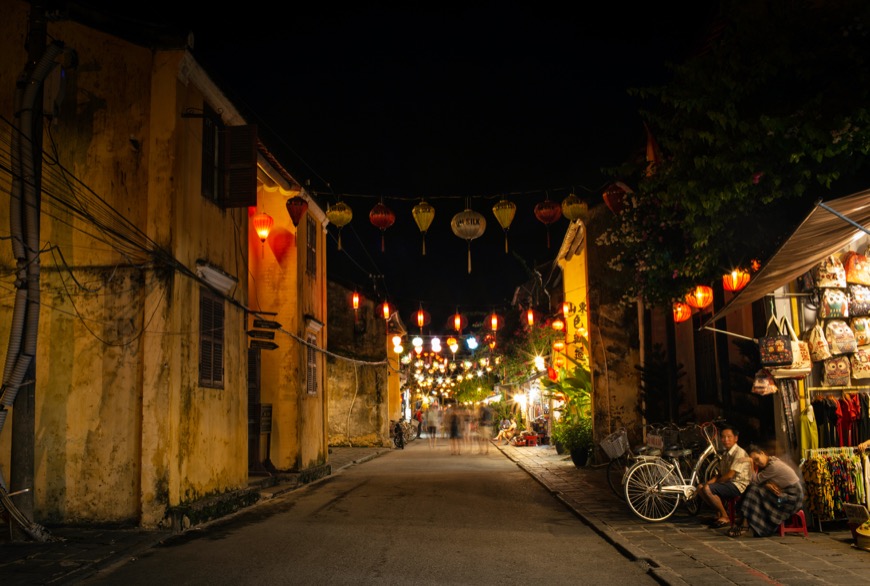
Credit: Phan Hoang Phe
If you want to get the cleanest shot in low light conditions, choosing a camera with excellent high ISO performance is the most important factor.
However, you should also be aware of other variables that can contribute to getting a sharp shot in low light.
1. Lenses – Invest in the ‘fastest glass’ you can afford. For zooms/telephoto lenses, this will usually mean a maximum aperture of f/2.8, although Canon RF zooms also exist at f/2. You can usually find a ‘nifty-fifty’ for under $200 with an aperture of f/1.8 – more than enough for low light photography.
2. Image stabilization – Some cameras have in-built image stabilization (IBIS) and so do many lenses. This allows you to use a slower shutter speed to capture a low light image, rather than having to resort to increasing your ISO.
3. Tripods – If your subject is static, or you’re deliberately trying to blur one element of your image, the use of a tripod can allow much slower shutter speeds than hand-holding a camera. In turn, this will allow you to use lower ISOs.
4. Remote shutter releases – Used in conjunction with a tripod, these allow you to trigger your shutter without touching the camera, helping to reduce vibrations.
5. Noise reduction software – If getting the shot is paramount, just use a high ISO. There are several great software tools that can help reduce noise and clear up grain in post-production.
6. Computational photography – Whether you use iPhone’s Night Mode or Google’s Night Sight, sometimes you can resort to your smartphone to grab a shot in low light conditions where your camera can’t hack it!
7. Test – Remember to test your camera at various ISOs before going out in low light so you know its limitations.
Cameras for Low Light FAQs
Are mirrorless cameras better in low light?
When it comes to choosing a low light camera, the biggest factors are the physical size of the sensor and how recently the camera was launched. It doesn’t make any difference if the camera is a DSLR or mirrorless, though of course the only new cameras being released by big manufacturers these days are mirrorless, so they tend to have more modern sensor technology.
Which DSLR is best for low light photography?
Any full-frame DSLR released in the last few years will be a strong contender, but the Nikon D6 probably edges slightly ahead of the Canon 5D Mark IV when it comes to the best low light performance. If you’re looking for an APS-C camera, check out the Nikon D7500 or the Canon 90D.
How do you know if a camera is good in low light?
The physical size of the camera’s sensor (i.e., micro four-thirds, APS-C, full-frame) and how recently the camera was released are probably the two biggest factors. It’s worth noting that higher resolution sensors do not necessarily mean better low-light performance — in fact, sometimes it’s the opposite!
Is f/2.8 fast enough for low light?
A maximum aperture of f/2.8 will let in a lot of light and is very good, especially for a zoom or telephoto lens. Prime lenses between 35mm and 85mm tend to have even wider apertures, letting in even more light, so look for one with a maximum aperture of f/1.8 or even wider (e.g., f/1.4 or f/1.2).
How do you shoot in low light without noise? (How do you keep pictures from getting grainy in low light?)
To prevent your photos from having lots of noise when shooting in low light, you need to avoid using high ISO settings such as ISO 1,600, ISO 3,200, and beyond.
To get the right exposure, you might need a very wide aperture such as f/1.8, although this means that you might end up creating a very shallow depth of field, especially on lenses that have a focal length of 50mm or longer.
You can also shoot at much lower shutter speeds (e.g., ½ a second, 1 second, or slower) but keep in mind that you might need to use a tripod to avoid creating blurry photos as a result of the camera moving very slightly when you press the shutter button.
Does ISO affect sharpness?
ISO affects the overall quality of an image, and your photographs will have more noise and color imperfections as the ISO increases.
Images shot at high ISO may appear softer as a result of the noise, but also because low light levels mean that there is less contrast within the scene that you are photographing and this can make an image seem less crisp.
Final Words
Camera technology continues to progress at an incredible rate and sensors keep getting better at capturing images when light levels are low.
There are some truly fantastic cameras on the market today that will create excellent, clean images even when shooting at high ISO settings, and combined with ingenious in-body stabilisation, low light photography has never been easier.
If you have any questions about shooting photography in low light or want to know more about our list of the best low light cameras, be sure to leave a message in the comments below.

Great value & feature-packed with image stabilisation & 15 stops of dynamic range for top results in dark conditions.





